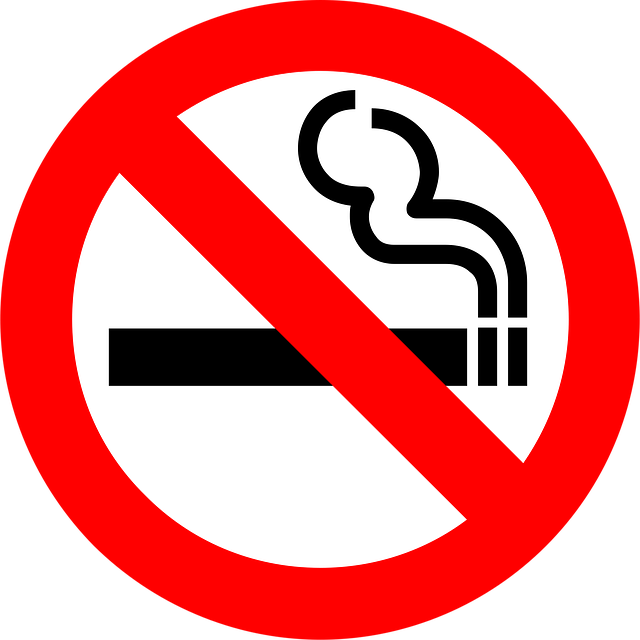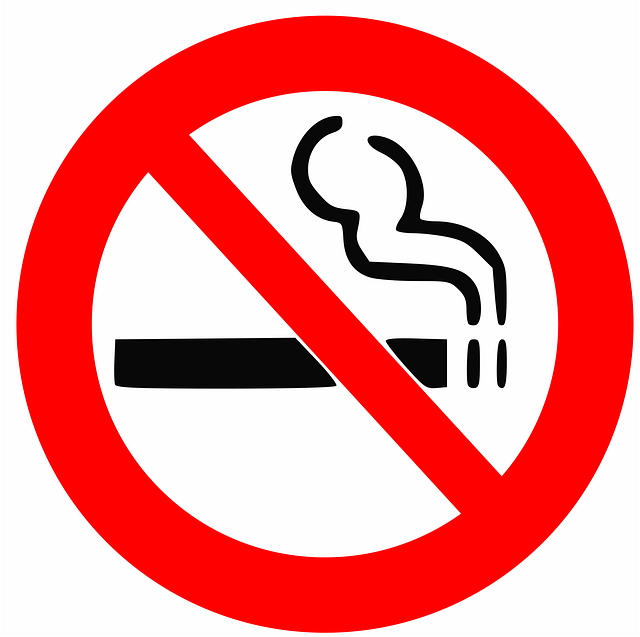Lane County, Oregon's Prohibition history (1920-1933) was driven by social, religious, and health concerns. Local newspapers and leaders fueled a movement that approved prohibition ordinances, aligning with national laws. Rural areas faced unique public health challenges due to limited access to healthcare and sanitation infrastructure. Strict enforcement led to social dynamics shifts, with quieted towns and lost gathering spaces. Illicit liquor trade thrived, causing unsanitary conditions and disease spread. The era left a complex legacy of cultural dynamism, criminal activities, and resource disparities.
“Explore the profound public health impacts of Lane County, Oregon’s Prohibition era. Delve into the historical context, from the 1920s ban on alcohol to its long-term effects. This period presented unique challenges for rural communities, leading to a rise in illegal distillation and speakeasies. The lack of medical resources exacerbated disease spread, while social morale suffered. Discover how these events shaped Lane County’s social and economic landscape, offering valuable insights into the historical interplay between prohibition and public health.”
- Historical Context: Lane County's Prohibition Era
- Public Health Challenges in Rural Oregon
- Impact on Local Communities and Morale
- Rise of Illegal Distillation and Speakeasies
- Disease Spread and Lack of Medical Resources
- Long-term Effects on Social and Economic Well-being
Historical Context: Lane County's Prohibition Era

Lane County, Oregon, like many other regions across the United States, experienced a significant shift in its social and cultural landscape during the Prohibition era, which spanned from 1920 to 1933. This period marked a time of strict legal restrictions on the production, sale, and transportation of alcoholic beverages. The roots of Lane County’s prohibition history can be traced back to the early 20th century when local communities grew concerned about the rising consumption of alcohol and its associated social issues.
The decision to adopt Prohibition was influenced by a combination of factors, including religious beliefs, moral concerns, and the desire to curb what was perceived as a growing public health crisis. Local newspapers and community leaders often painted a dire picture of alcohol’s impact on families and society. In response, voters in Lane County approved local prohibition ordinances, leading up to the nationwide ban mandated by the 18th Amendment to the U.S. Constitution. This historical context sets the stage for understanding the public health implications that followed during this tumultuous era.
Public Health Challenges in Rural Oregon

In rural Lane County, Oregon during the Prohibition era, public health faced unique challenges. The county’s remote and sparsely populated nature meant limited access to healthcare services and basic sanitation infrastructure. Without readily available clean water sources or modern waste management systems, communities were prone to outbreaks of infectious diseases such as typhoid and dysentery. Additionally, the lack of medical professionals and facilities further exacerbated the situation, leaving residents with few resources to combat health crises.
The Prohibition laws, intended to curb alcohol consumption, inadvertently contributed to these issues. The illegal nature of alcohol production and sale led to unsanitary conditions in speakeasies and illicit distilleries, fueling the spread of disease. Furthermore, the economic strain caused by the black market activities impacted residents’ ability to access preventive healthcare measures and proper nutrition, creating a perfect storm of health challenges for rural Lane County during this period.
Impact on Local Communities and Morale

The strict enforcement of Prohibition in Lane County, Oregon, had profound effects on local communities and morale. With the closure of saloons and liquor-related businesses, many towns experienced a significant shift in their social fabric. The once bustling streets of Eugene, for instance, grew quieter as residents grappled with the loss of gathering spaces that fostered community interaction. This sudden change left a void in social dynamics, impacting not just individuals but the overall sense of well-being and camaraderie within the county.
The moral climate also underwent a transformation during this era. The underground liquor trade and speakeasies that popped up in response to Prohibition fueled a sense of secrecy and rebellion among some residents. Yet, for others, the strict laws against alcohol sales were seen as a moral victory, reflecting a broader cultural shift towards teetotalism. This dichotomy within the community further complicated the social landscape, leaving a lasting impact on Lane County’s prohibition history.
Rise of Illegal Distillation and Speakeasies

During the Lane County, Oregon, prohibition era, a dark underbelly emerged as illegal distillation and speakeasies flourished. With the ban on alcohol sales, ambitious individuals took to their kitchens and backyards to produce bootleg booze, fueling a clandestine network of hidden distilleries scattered across the county. These illicit operations met the growing demand for alcohol among those determined to quench their thirst despite the law.
Speakeasies, often disguised as legitimate businesses or private residences, became hotspots for revelry and rebellion. They operated under the radar, offering a glimpse into a secret world where patrons could enjoy forbidden fruits. Lane County’s prohibition history is thus marked by a parallel rise in these clandestine establishments, mirroring the resilient human spirit in the face of restriction.
Disease Spread and Lack of Medical Resources

During the prohibition era in Lane County, Oregon, the lack of medical resources significantly impacted public health. With legal alcohol unavailable, illicit distilleries sprang up, leading to a surge in cheap, unsanitary alcohol that exacerbated existing health issues. The spread of disease became an even greater concern; without access to clean water and proper sanitation, communities struggled to contain outbreaks of tuberculosis, typhoid, and other communicable diseases. Overcrowded living conditions, common during this period, further accelerated the transmission of illness.
The scarcity of medical professionals and facilities compounded these challenges. With many doctors and nurses leaving for wealthier areas or engaging in illicit activities themselves, Lane County residents often relied on limited resources and self-care practices to navigate their health crises. This period underscores the profound consequences of prohibition on public health, particularly in communities already facing social and economic disparities.
Long-term Effects on Social and Economic Well-being

The long-term effects of Lane County, Oregon’s prohibition era extended far beyond the legalisation of alcohol in 1933. The period left a complex legacy on the region’s social and economic well-being. Many communities experienced significant shifts in their cultural dynamics, with underground speakeasies giving way to new forms of community interaction. While these changes fostered a sense of resilience and innovation, they also bred criminal activity and perpetuated disparities in access to resources.
Economically, Lane County’s prohibition history contributed to both positive and negative outcomes. The illicit alcohol trade created opportunities for illegal entrepreneurs, but it also hindered legitimate businesses struggling to compete. Over time, these economic fluctuations left an imprint on the county’s tax base and infrastructure development. Despite these challenges, the era’s resilience and resourcefulness continue to influence Lane County’s identity, shaping its social fabric and entrepreneurial spirit.
